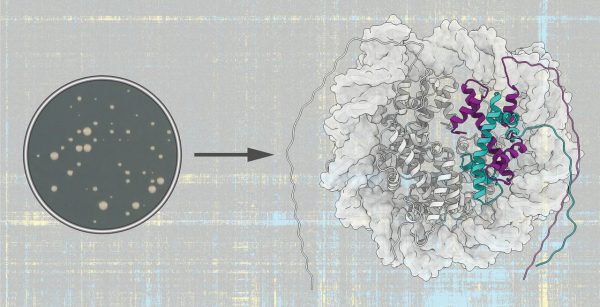One of the most vexing tasks for biologists is to figure out how proteins, the molecules responsible for the work of cells, do their work. There are knobs, folds, and cracks on the surface of each protein, which determine what it can do. It’s fairly easy for scientists to visualize these features on a single protein. But proteins don’t act alone. Scientists also need to know the shape and composition…
New Article
The High Resolution Structure of NALCN-FAM155a Subchannel Complex Is Reported
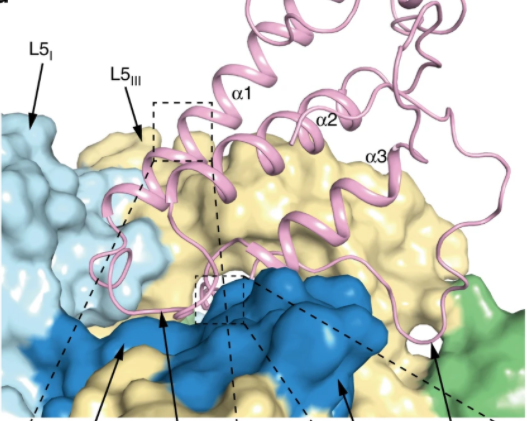
In this study, researchers used the single LCNAN particle freezing electron microscopy to explore the mechanism. Since the quaternary complex of NALCN-FAM155-UNC79-UNC80 is not stable enough, they focus on the structural analysis of the relatively stable core subunit of NALCN-FAM155. After homologous protein screening and other steps, they determined the complex composed of rat NALCN and mouse FAM155a subunit as the research object. After overcoming the difficulties of sample preparation…
Scientists Use Live Imaging to Reveal How Hematopoietic Stem Cells Move in the Bone Marrow

Understanding the principle of muscle movement can help us better fitness and weight loss. Understanding the movement principle of stem cells can help us better apply stem cell technologies in clinical practice. For example, the hematopoietic stem cells of adult mammals reside in the “bone marrow”. This is why the transplantation of hematopoietic stem cells is usually referred to as “bone marrow transplantation”. In actual bone marrow donation…
Label-free Single Molecule Optical Imaging Based on Surface Plasmon Resonance Microscope
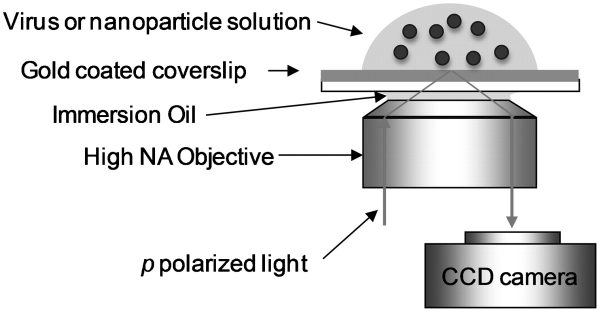
Single-molecule optical imaging can analyze the morphology and function of a single molecule, so it can not only provide statistical average information of multiple molecules, but also provide single-molecule individual difference information that traditional biosensors cannot provide, allowing us to observe and understand the nature and function of the molecule in the more detail. The research team of Professor NJ Tao and Professor Shaopeng Wang of the Bioelectronics and…
The Activity of TCP Family Transcription Factors Is Associated with Changes in the 3D Conformation of Chromatin
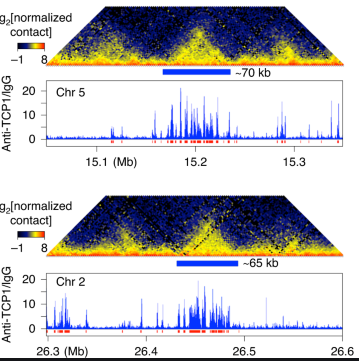
Genomics research should not stop at obtaining information from genome sequences or epigenetic modifications. An in-depth exploration of three-dimensional chromatin folding is also essential for understanding genome functions. In the past ten years, the advancement of high-throughput sequencing technology and the development of high-resolution imaging technology have made the complex three-dimensional structure of the genome increasingly clearly presented in front of people. Among them, Topologically Associated Domains (TADs) discovered by…
Near-infrared Zone II Fluorescence Imaging Technology and Its Prospects in Biomedical Applications

Fluorescence imaging technology has broad application prospects in basic biomedical research and clinical diagnostic testing. Near-infrared zone II fluorescence (1000-1700nm, NIR-II) imaging technology overcomes the strong tissue absorption, scattering, and autofluorescence interference faced by traditional fluorescence (400-900nm), and can achieve higher tissue penetration depth in vivo imaging with time and space resolution, it is regarded as the most promising next-generation in vivo fluorescence imaging technology. Wang Qiangbin, a researcher…
Progress on Photoacoustic Molecular Imaging in Diagnosis and Treatment of Rheumatoid Arthritis

Recently, the team of Liu Chengbo, the associate researcher of the Biomedical Optics and Molecular Imaging Laboratory of the Institute of Medical Engineering, and the team of Zhang Peng, a researcher of the Center for Translational Medicine, and the team of Professor Ding Dan of Nankai University have collaborated in the light acoustic molecular imaging research and a breakthrough has been made in this area. The research is based on…
A Comprehensive Summary of the Harmful Effects of COVID-19 on Organs Other Than the Lungs
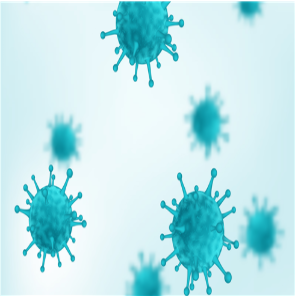
At the beginning of the outbreak of the new coronary pneumonia in New York City, Aakriti Gupta, MD, after only a few days of caring for critically ill patients, realized that this is far more than just a respiratory disease. “I’ve been on the front line from the beginning. I have observed that patients clot a lot, even if they don’t have diabetes, they also have high blood sugar,…
Advances in Research on Multi-modal Imaging Tracing for Drug Delivery

Cancer is a major disease that threatens human life and health, and drug therapy (chemotherapy) is one of the effective means to treat cancer. In order to further improve the efficacy and reduce toxic and side effects, the targeted delivery and precise release of anti-cancer drugs have become an important content of anti-cancer drug development. However, how to accurately trace the delivery process, targeted drug release process, and biodistribution and…
A Detailed 3D Model of SARS-COV-2 Created!
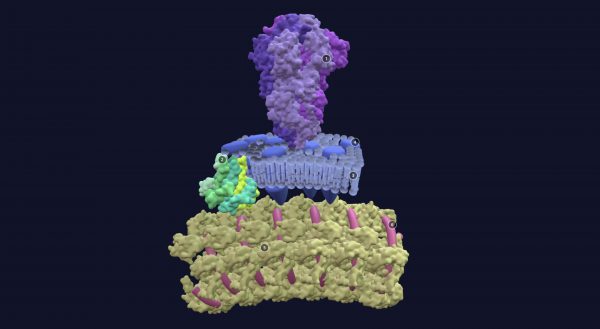
As countries around the world race to learn about the SARS-CoV-2 virus that caused the 2019 coronavirus disease (COVID-19) pandemic, scientists have gained more and more information about the viral components that make up infectious particles. Although every new discovery about SARS-CoV-2 provides scientists and governments with important new information, none of them can provide a clear overview of the virus particles. Now, the cooperation between experts has…
